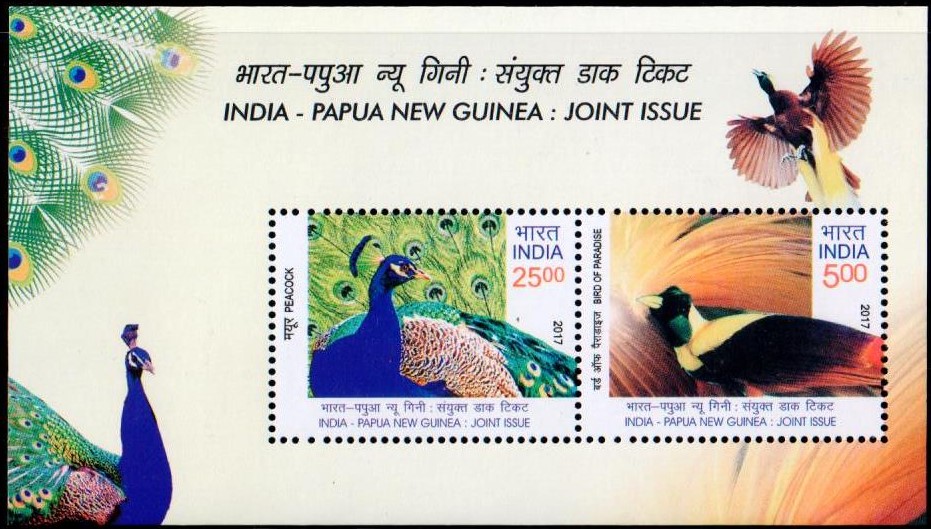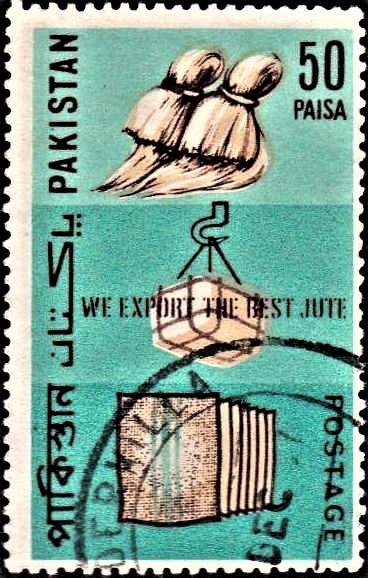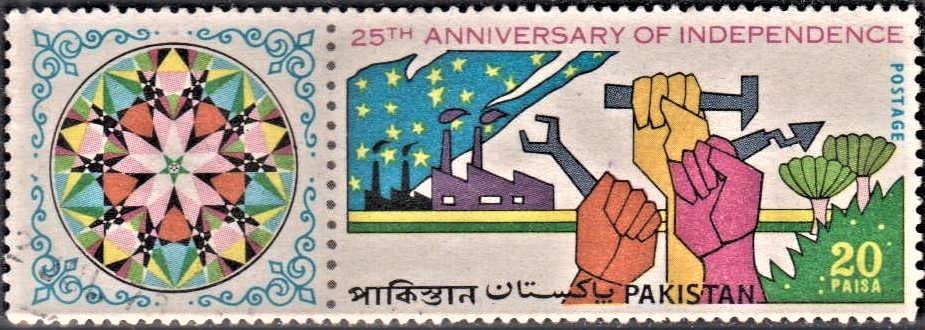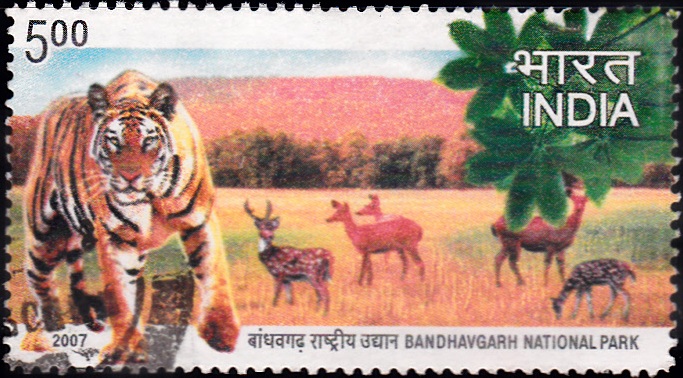
Peacock
Complete set of 2 nos. of commemorative postage stamp on the Peafowl – Wildlife Series : Save the Vanishing Birds :

 Issued by Pakistan
Issued by Pakistan
Issued on Mar 31, 1976
Issued for : The “Peacock Stamps” are the third in the series on the conservation of wildlife, being issued by the Pakistan Post Office.
Description of Design : The format of the stamp is horizontal. A picture of Peacock of Pakistan origin appears in the centre of the stamp in its original colour. The slogan ‘PROJECT WILD LIFE’ appears at the bottom in black, in Rs. 3/- stamp and in blue in 20 P stamps. The denomination Rs. 3/- and 20 P, is on the top left hand corner in black. The word ‘Postage’ appears in black colour alongside the right edge of the stamp while the word ‘PEACOCK’ has also been shown in black along the left edge of the stamp.
Designer : Adil Salahuddin
Type : Stamps, Postal Used
Denominations : 20 Paisa and Rs. 3/-
Colours : Red, Blue, Yellow and Black
Size of stamp : 44.5 x 32.5 mm
Size of print : 41.5 x 29.5 mm
Perforation Gauge : 13 x 13 (C)
Quantity : 5,00,000 stamps of each denomination
No. of stamps in each sheet : Fifty (50)
Process of printing : Litho Offset
Printers : Pakistan Security Printing Corporation Limited, Karachi
About :
- The species is omnivorous but generally feeds on seeds, grain, lentils, groundnuts, tender shoots of crops, flower-buds, berries, drupes, lizards, small snakes, insects and in and around villages also human excreta. In areas where it is semi-feral and abundant it is destructive to cereal and groundnut crops and a veritable scourge to the small farmer, vying with the monkeys in the work of devastation.
- The display of dance of the cock consists of erecting and fully fanning out the oscillated train which is slightly tilted and arched forward. His half open chestnut wings are drooped at the sides and go through a continuous shaking or quivering. In this posture he faces the hen or (hens) and with legs partly flexed struts and prances from one foot to the other in mincing steps as if stalking her, an action reminiscent of the holding manoeuvre with arms stretched out.
- It lays three to five eggs from June to October. Female alone incubates and incubation period varies from 26 to 28 days. The cock is polygamous.
- This bird is getting very rare in the country and every effort is to be made for its preservation. For this purpose all the Provincial Governments have issued ordinance/acts with a view to regulating the measures aimed at conservation and multiplication of the wildlife in Pakistan. Accordingly, the peacock has been declared as a protected animal and its hunting has been banned all over the country. Government alone cannot do all that is needed for this purpose. The various measures adopted by the Government can bear fruit only if the public cooperates in the efforts aimed at the multiplication and conservation of one of the most beautiful species of the world. It is, imperative that people do not shoot the bird and refrain from disturbing its natural habitat.
- Issued by: The Director-General, Pakistan Post Office, Karachi.







